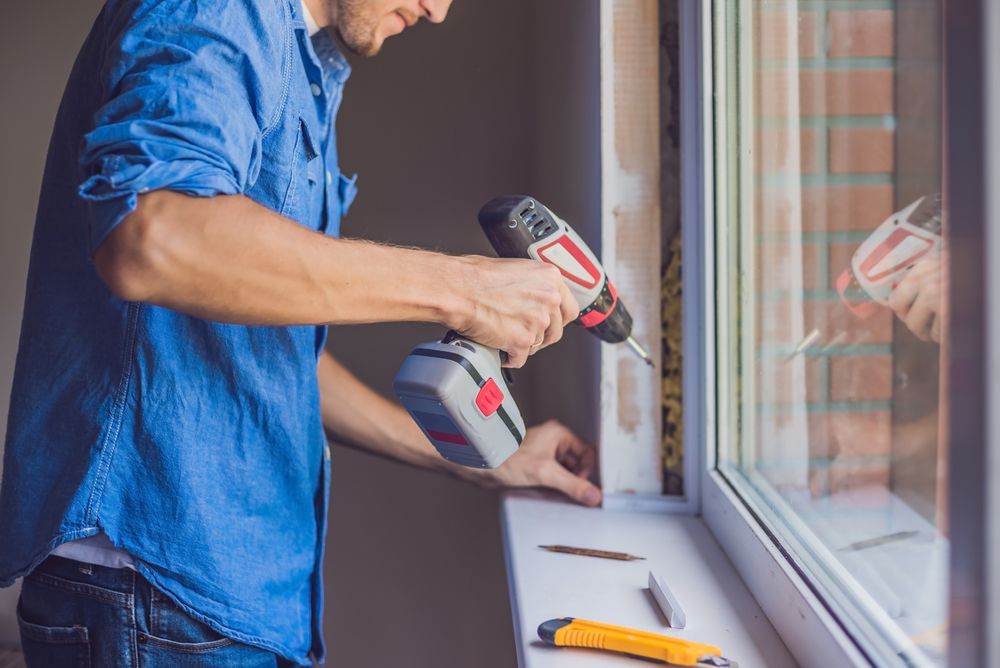
Welcome to the empowering world of DIY home repair! Whether you’re a seasoned do-it-yourself enthusiast or a novice eager to learn, the ability to tackle home repair projects is an invaluable skill that can save you money and improve your living space. This article will delve into the must-know skills for any homeowner looking to keep their abode in tip-top shape without breaking the bank. So roll up your sleeves and get ready to become your home’s hero as we explore the ways you can take control of your space, one repair at a time.
Understanding Basic Plumbing
Plumbing issues are some of the most common—and potentially costly—problems homeowners face. But with a little knowledge and the right tools, you can handle many minor plumbing tasks yourself. Learning to fix a leaky faucet, unclog a drain, or even replace a toilet can save you hundreds of dollars in service calls.
Start by familiarizing yourself with the plumbing system in your home. Know where the main water shut-off valve is located in case of emergencies. Then, invest in a few essential tools like a pipe wrench, a plumber’s snake, and a plunger. Tutorials and how-to videos are abundantly available online, providing step-by-step guidance for most plumbing repairs. Start with small projects, such as replacing washers in a dripping tap or unclogging a sink, and work your way up to more complex tasks. Remember, water damage can be serious, so if you’re ever unsure about a project, it’s wise to consult a professional.
Electrical Know-How for the Homeowner
Electrical repairs can seem daunting, but many simple electrical tasks are surprisingly manageable with a bit of knowledge and caution. Understanding how to replace a light fixture, install a dimmer switch, or change out wall outlets can not only save you money but also enable you to customize your electrical setup to better suit your needs.
Safety is paramount when dealing with electricity. Always turn off the power at the circuit breaker before starting any electrical work. A voltage tester is a handy tool to double-check that the power is off. Start with straightforward tasks like replacing a light switch or installing a new ceiling fan. As you grow more confident, you might tackle more advanced projects like wiring a new outlet. However, for major electrical work, especially anything that might involve the main power supply or rewiring large sections of your home, it’s essential to hire a licensed electrician.
Painting and Drywall Mastery
A fresh coat of paint can breathe new life into a room, and mastering painting and drywall repair is a surefire way to enhance your home’s appearance while saving money. From patching small holes to fixing larger areas of damage, these skills are easy to learn and require minimal investment in tools and materials.
For painting, learning to properly prep walls, trim, and ceilings will lead to professional-looking results. Understanding paint types, proper brush and roller techniques, and how to cut in around edges will make your paint jobs look seamless. When it comes to drywall, knowing how to patch holes, tape seams, and sand for a smooth finish will enable you to repair walls like a pro. With practice, you’ll be able to tackle larger drywall projects, ensuring that your walls are always in pristine condition.
Flooring Fixes and Installation
Flooring is a significant aspect of your home’s aesthetic and functionality. Whether you’re dealing with squeaky floorboards, damaged tiles, or worn-out carpet, learning to manage and install different types of flooring can result in significant savings.
Start with understanding how to properly remove old flooring and prepare the surface for a new installation. For hardwood floors, this might include learning how to sand and refinish to restore their original luster. If you’re interested in tile, practice the art of laying tile, grouting, and sealing. With laminate or vinyl plank flooring, you can often complete an entire room in a day with the right preparation and a few simple tools. By honing these skills, you’ll be able to maintain and update your flooring as needed, adding value and comfort to your home.
Carpentry Basics for Every Home
A rudimentary grasp of carpentry can go a long way in home repair. From fixing a wobbly chair to building custom shelving, the ability to work with wood is a timeless and versatile skill. It allows you to create solutions tailored to your space and needs, often with materials that are relatively inexpensive compared to store-bought alternatives.
Begin by learning the essentials: measuring accurately, cutting straight lines, and joining pieces of wood. Invest in a basic set of tools such as a hammer, saw, drill, and various fasteners. As you grow more comfortable with these tools, you can take on more ambitious projects like building a deck, constructing a fence, or even crafting your furniture. Not only does carpentry offer a sense of personal satisfaction, but it also gives you the freedom to customize your home to your exact specifications.
Acquiring DIY home repair skills is a rewarding journey that pays off in both personal satisfaction and financial savings. By starting with small projects and gradually tackling more complex tasks, you’ll build confidence and competence. Remember, the key to success in DIY is to know your limits, always prioritize safety, and learn from each project. With time and practice, you’ll not only preserve your home but also transform it into a space that truly reflects your craftsmanship and care. Welcome to the fulfilling world of DIY home repair—where the only thing stronger than the nails holding your projects together is your newfound sense of independence and achievement.
